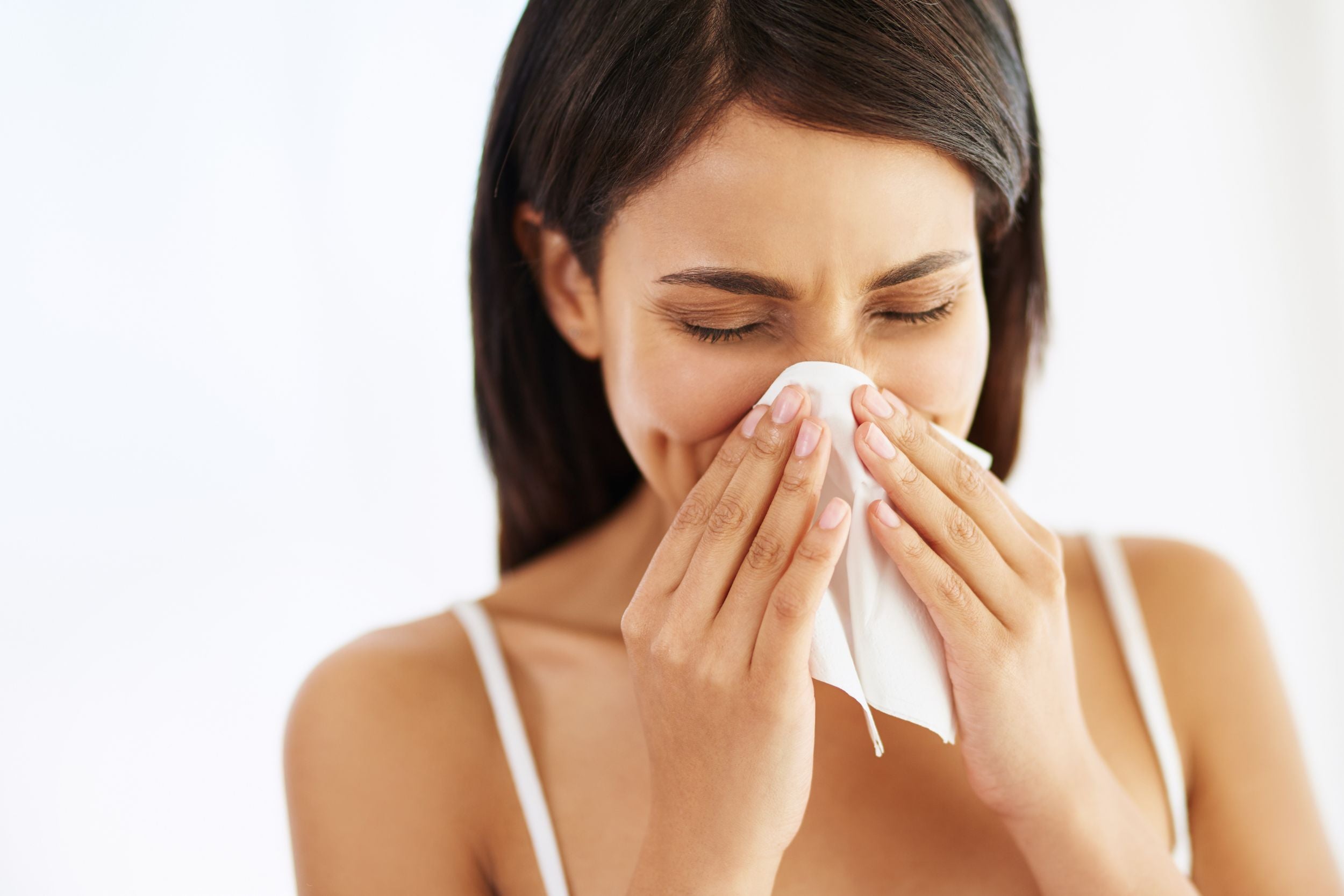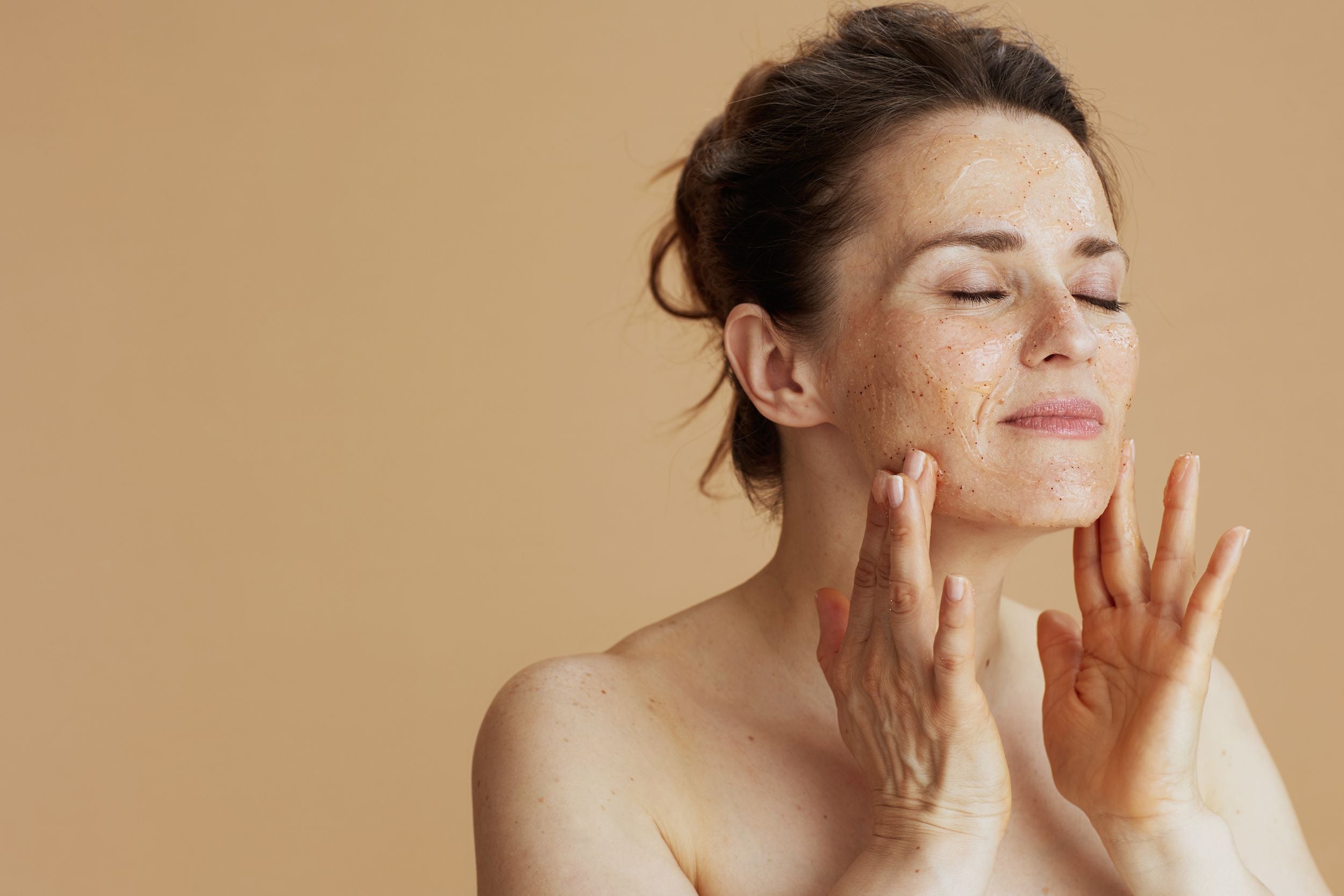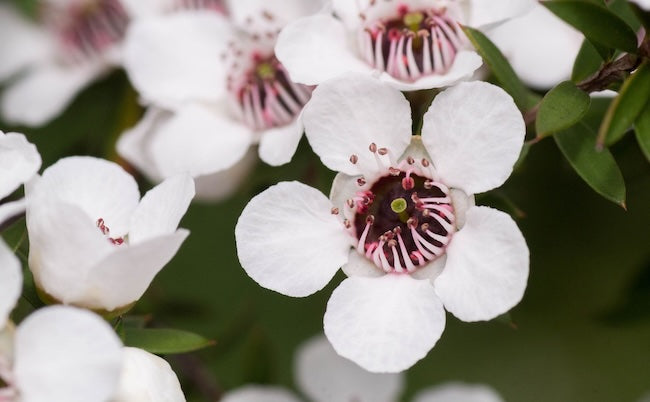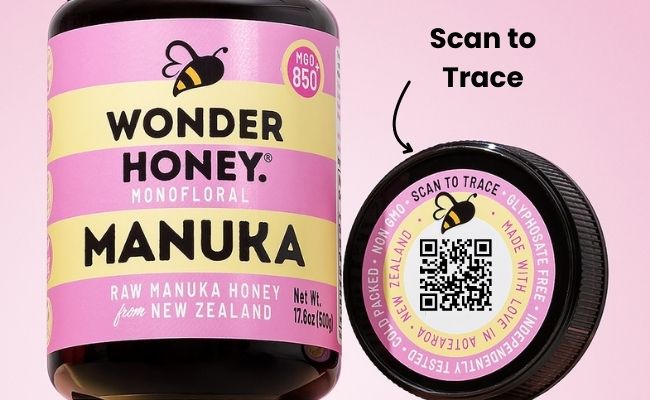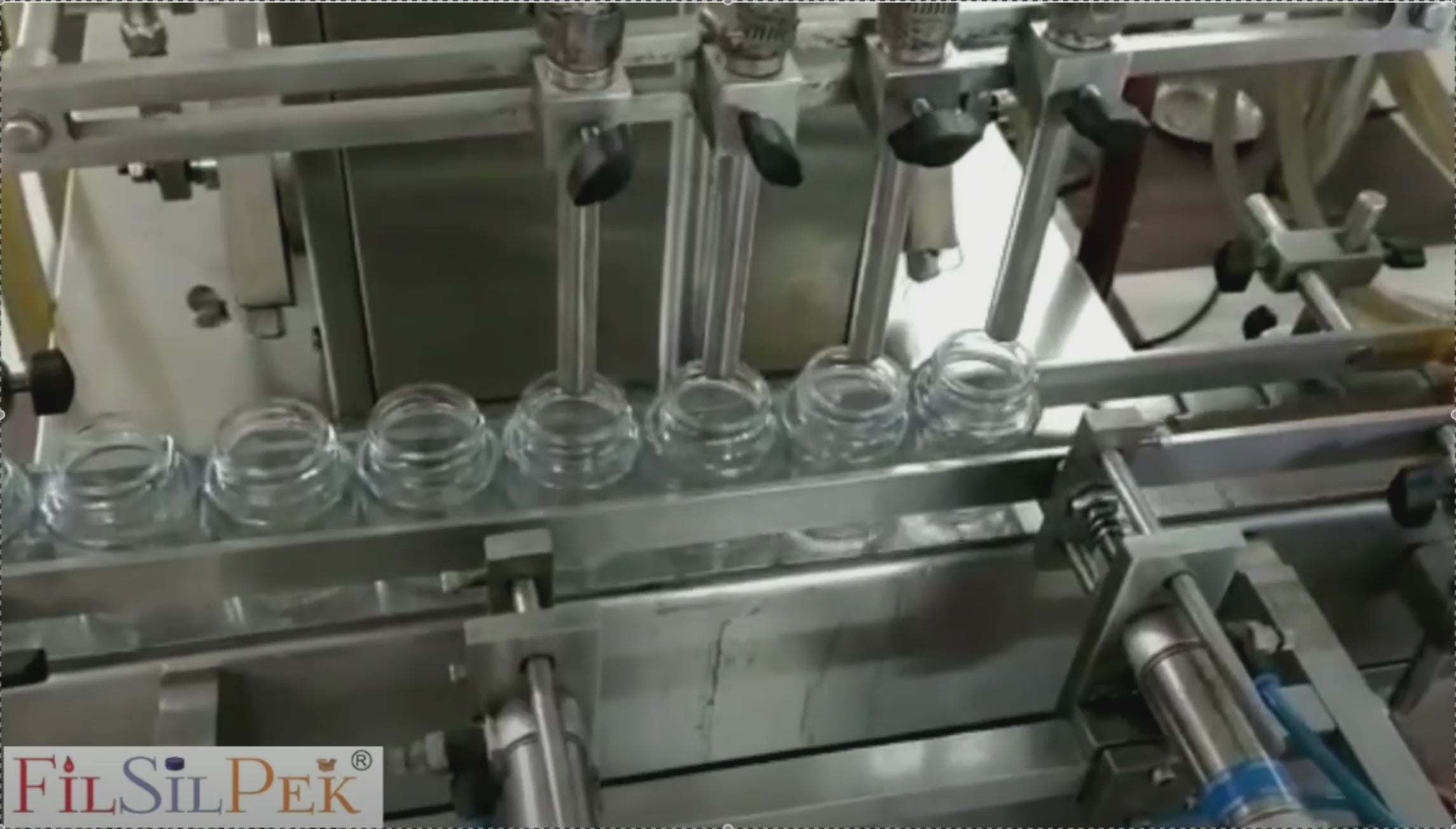Packing Honey in Glass
Packing large volumes of honey in glass usually means two things
- The honey is heated
- PVC seals are used
We will describe below why this creates a major issue if you are trying to sell high quality Manuka
Honey is Usually Heated to High Temperatures
Most honey that is packed into jars is heated (hot filled) as per the process below
Hot Fill Process for Honey in Glass Jars:
- Heating – Honey is typically heated to around 50–60°C (122–140°F) to reduce viscosity, making it easier to fill and ensuring proper sealing.
- Filling – The warmed, liquid honey is poured into glass jars.
- Capping – The jar is immediately sealed while the honey is still warm.
- Cooling – As the honey cools, it creates a slight vacuum inside the jar, vacuum sealing the jar and extending shelf life.
So why hot fill honey jars?
✅ Prevents crystallization – Heating reduces the likelihood of premature crystallization.
✅ Easier and faster filling – Warm honey flows better, preventing air bubbles and inconsistencies.
✅ Sterilization – Helps kill potential yeast and bacteria, improving shelf life.
✅ Better sealing – Creates a vacuum seal in glass jars, preventing leaks and spoilage
Video: Example of hot filled honey jars
Why is this bad?
High heat damages the honey's nutrient profile, temperatures over 40C (104 F) destroy the enzymes, and heat can destroy the peroxide activity in the honey making it less active
PVC Seals Are Used
Honey packed in glass jars undergo a different sealing process as induction seals do not work on glass. In honey packed in glass - the lids used are usually metal, with the inside of the lid being coated in a substance call Plastisol
Plastisol is the name for PVC substance that acts as a rubbery gasket to seal over glass.
You will recognise this if you lift up the lid of a mason jar and have a look at the rubbered side - in most cases that is plastisol
The problems with Plastisol are two fold
It is made of 2 highly toxic plastic components
The key components of plastisol are...
PVC Resin – The solid polymer that forms the base of plastisol. PVC (Polyvinyl Chloride) is a rigid polymer on its own but becomes flexible when combined with plasticizers. PVC is a highly toxic form of plastic, with high leaching probability and exhibits high endocrine disruption activity. It is the most toxic form of plastic studied in the research article below.
Plasticizers – This is the liquid component (phthalates, adipates, and other compounds) that softens and makes the PVC resin flexible. The amount and type of plasticizer affect the consistency and performance of the plastisol. Phthalates are known to interfere with the body's hormonal system, and are also know to reduce fertility and can also interfere with fetal development. The are also considered an obesogen.
It can erode quickly
Plastisol needs to be stored under strict conditions, and especially away from UV light and higher humidity which can make the substance brittle. Overtightening the lid can also lead to seal erosion. Seals are typically have a shelf life of 2 years or less.
The chances of the seal deteriorating even at a microscopic level, means there is a risk for contamination of PVC particles and hopefully if you have read the above you will understand the PVC is the most highly toxic form of plastic.
Health Concerns with Glass Jars and Plastisol (PVC) Liners
Chemical Leaching from Plastisol Liners: Studies have found that foods in glass jars sealed with polyvinyl chloride (PVC) gaskets, a component of plastisol, contained di(2-ethylhexyl)phthalate (DEHP) at levels deemed unacceptable by health authorities.
This article (click following link) analysed the glass lids available on the market in Europe and it concluded that there was still no lid reliably complying with the European rules (EU and national legislation)
The migration of plasticizers from PVC gaskets in food contact applications, such as lids for glass jars containing oily foods, highlights a persistent failure by many lid manufacturers to meet legal requirements for over a decade.
Advantages of PET Jars
1. Cold Filling Process: PET jars allow for a cold filling process, eliminating the need to heat honey. This method preserves the natural enzymes, antioxidants, and antibacterial properties of honey, ensuring consumers receive its full health benefits.
2. Reduced Risk of Chemical Contamination: High-quality, food-grade PET is designed to be safe for food contact, with stringent regulations ensuring it doesn’t leach harmful substances into the product. This reduces the risk of chemical contamination compared to plastisol liners in glass jar lids.
Conclusion
While glass jars have been a popular choice for honey packaging, the potential health risks associated with plastisol liners and the hot filling process are significant considerations. PET jars, with their ability to preserve the natural qualities of honey through cold filling and their reduced risk of chemical contamination, gives us a compelling better alternative for our precious honey..

